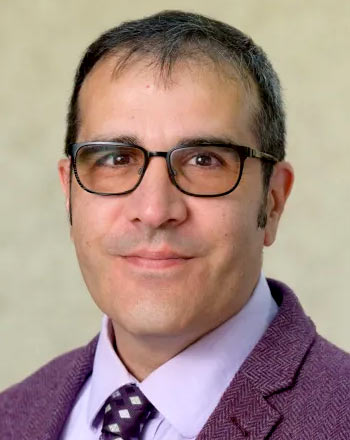
Keith Richotte, Jr. (NHC Fellow, 2022–23; Director, Indigenous Peoples Law and Policy Program; Professor of Law, The University of Arizona)
November 20, 2025
Advisor(s): Chasity Gunn and Jamie Wilson, NHC Teacher Advisory Council
Using the “trickster” story as a lens of analysis, this webinar will explore how plenary power—a doctrine of American law in which the United States bequeathed itself limitless authority over Native American nations and peoples—became constitutional. Unsurprisingly, the plenary power doctrine was originally grounded in the common-held racist ideologies of its day.
What is surprising is that this historic, racist principle of law not only continues to exist but is presently understood to authoritatively emanate from the US Constitution.
So when did plenary power become constitutional? More importantly, why did it become constitutional? In a unique twist on legal and Native history, this webinar will use the genre of trickster stories to uncover the answers to these questions and offer an alternative understanding. By embracing the subtle, winking wisdom of trickster stories and centering the Indigenous perspective, we can open new avenues for understanding this history and imagine a future that is more just, equitable, and that better fulfills the text and the spirit of the Constitution.
Subjects
History / Law / United States Constitution / Indigenous American History / American History / Race / Legal History /
Rights

This work is licensed under a Creative Commons Attribution 4.0 International License. Images, PDFs, downloads, and other media are provided under the NHC Principles on Copyright, Fair Use, and Open Licensing. Visit the Principles webpage for more information on how you can use this resource.